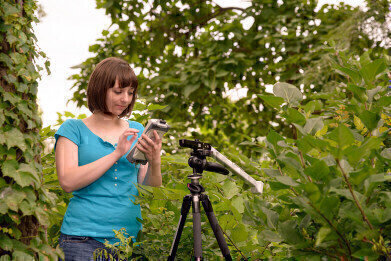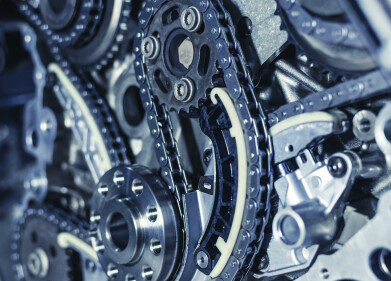Portable & field testing
Canopy Analyser provides Accurate Information for Foresters, Farmers and Landowners
Jul 16 2014
Unique technology now makes it possible for consultants and researchers to make leaf area index (LAI) measurements in all uniform sky conditions, greatly increasing efficiency and providing more accurate information on short and tall canopies. LI-COR Biosciences, manufacturer of instrument systems for environmental research, announces the LAI-2200C Plant Canopy Analyser, a non-destructive way to easily and accurately measure leaf area index.
Previous technology in the field permitted leaf area index measurement only at specific sun angles or under cloud cover. "The new system implements light-scattering correction software that dramatically increases the instrument's application in all types of uniform sky conditions, making it more convenient to use," says Rod Madsen, LI-COR product manager.
"Leaf area index is one key driver of crop productivity. Leaf area index is directly related to many of the factors that farmers view as production reducers, such as lack of moisture, too much moisture, soil nutrients, hail damage, and pests. Understanding LAI can help reveal fields or portions of fields that may be under-producing," says Madsen. "The LAI-2200C overcomes many of the traditional problems associated with measuring LAI, allowing easier and more accurate measurements in daylight situations."
The LAI-2200C employs the gap fraction technique - a powerful and practical tool available for indirect sensing of plant canopy structure. While other types of LAI measurements, such as ceptometry, may be less effective, or inaccurate for row crops and non-uniform canopies, the LAI-2200C provides the ability to restrict the field of view (both azimuth and zenith), making it ideal for certain agricultural situations.
The LAI-2200C Plant Canopy Analyzer also works well for a wide variety of other canopy types, including: grasslands, forests, hedges, small plots, and isolated trees. Designed by scientists and engineers to provide quick and accurate results, as well as advanced processing options, applications include studies of canopy growth, canopy productivity, forest vigor, canopy fuel load, air pollution deposition modeling, insect
defoliation, remote sensing, and the global carbon cycle.
Digital Edition
AET 28.4 Oct/Nov 2024
November 2024
Gas Detection - Go from lagging to leading: why investment in gas detection makes sense Air Monitoring - Swirl and vortex meters will aid green hydrogen production - Beyond the Stack: Emi...
View all digital editions
Events
Jan 12 2025 Abu Dhabi, UAE
Jan 14 2025 Abu Dhabi, UAE
Jan 20 2025 San Diego, CA, USA
Carrefour des Gestions Locales de L'eau
Jan 22 2025 Rennes, France
Safety, Health & Wellbeing LIVE
Jan 22 2025 Manchester, UK



















